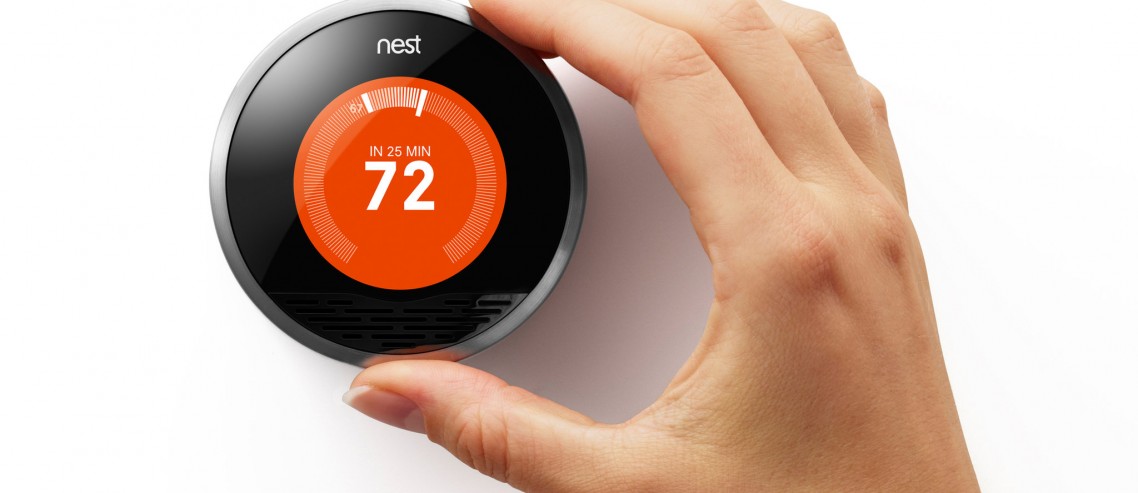How Your Thermostat Can Save You Thousands
Everyone knows the frustration of the thermostat war, when one person likes it cooler, the other warmer and both blame the other for the freezing or oven-like conditions. Mismanaging the thermostat can result in a lot more than battles for comfort, however. It can result in high electric and gas bills and even heavy wear on your HVAC installation. Here are some tips for handling your thermostat properly.
Upgrade That Old Unit
If your thermostat is an older unit, it may behoove you to upgrade to a newer model. The older the device is, the less able to keep accurate temperature it can be. This can cause the dial or display to read 72 when in fact it feels more like 62. Putting in a new model can raise the comfort level overall in your house, and save money as the more efficient model won’t work as hard to achieve desired results.
Programmable vs. Dial
Dial thermostats are old hat and out of style. While they are very easy to operate, they also have to be manually adjusted all the time to keep the temperature where you want it. Not to mention, if you want to keep the house cooler while you are not home and you forget to turn down the dial, you’ve used a lot of excess energy.
A modern programmable thermostat is far superior to the old-style dial. You can set it up to change the temperature automatically at different times of the day, and even on different days —Saturday’s settings could be different than Tuesday’s. There are even versions now that are wireless and allow remote programming from your computer or mobile device. Comfort and convenience are possible in this way.
Zoning
For those households whose members just cannot agree on the temperature in a given space, zoned heating and air conditioning can be installed. In this case, special zone-compatible devices allow different spaces in the home to be independently set at higher or lower temperatures. Thus, the living room can have a different ambient temperature than the bedroom.
Systematic Settings
In addition to your upgraded thermostat, it can be a good idea to be systematic in your approach to temperature settings. Keep a lower, but still comfortable, setting early in the day, and gradually alter the temperature to suit the day’s activity. When you are not home, keep the temperature down in the winter and up in the summer.
The recommended setting changes throughout the day are no more than 4 to 8 degrees. You should also not have your home more than ten degrees cooler than the outside temperature in the summer, though personal needs can sometimes shift these tips up or down. Remember, even with a programmable device you can always override the settings temporarily if you feel uncomfortable at any given time.
Are you in the market for a new heating and air conditioning system? Click here to get free custom prices from reputable HVAC contractors. You’ll receive upfront pricing without having to invite a contractor to your home or even enter your contact information!
Related articles





Comments
Comments are disabled for this post